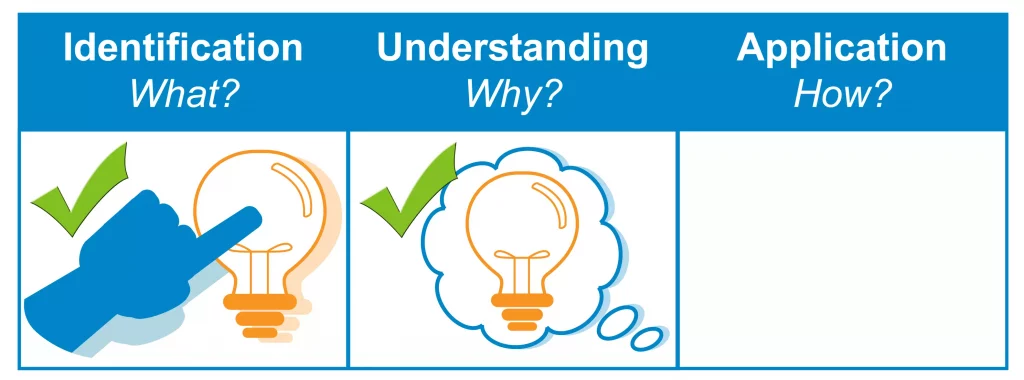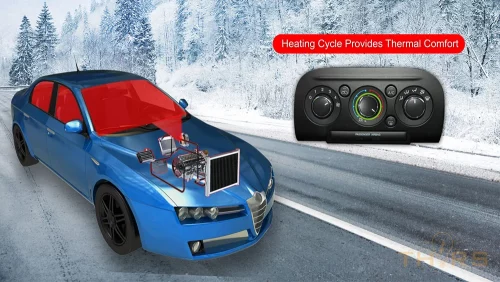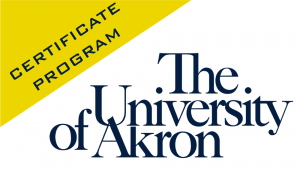Course Description
The THORS HVAC Basics course is a comprehensive introductory course on the automotive HVAC systems. Presented in a highly visual and interactive learning format, the course explains how thermodynamics works in an HVAC system. Additionally, the course gives an overview of the types of systems, the various components in the HVAC system, and the three operations–heating, ventilation, and air conditioning. The course further explains the failure modes in the HVAC system and the various service precautions to tackle them.
Who will benefit from this HVAC course?
Quality, manufacturing, engineering, purchasing, sales, and marketing teams in organizations involved in manufacturing, and distributing automotive HVAC systems.
Course Classification

*THORS uses the Bloom’s Taxonomy Methodology for our course development.
Certificate Awarded for Heating, Ventilation, and Air Conditioning (HVAC) Basics

*upon successful completion
Related Posts

A Differentiated Learning Approach: A Closer Look at THORS
In the wide landscape of learning methodologies, the pursuit of engaging and effective learning approaches has been ongoing. Among the myriad approaches, a differentiated learning

Entertainment in Education is the Future
Prepare to embark on an extraordinary adventure as we dive into the captivating world of the future of education. We will unravel the seamless integration

5 Ways to Reduce Human Errors in Manufacturing
We cannot change the human condition, but in manufacturing we can certainly improve the way people work, where they work, and what systems they use.





